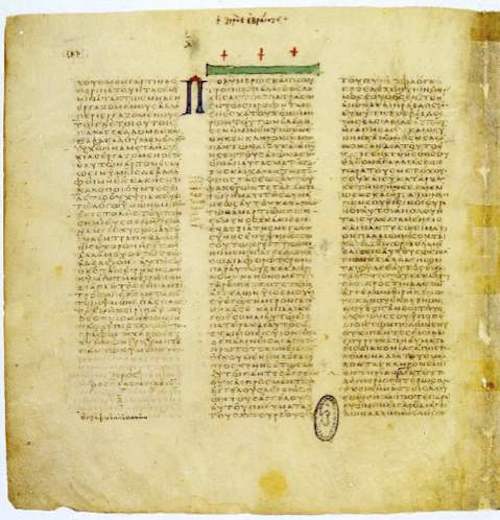The responses I get to that question are interesting. Most university students give me a condescending nod and the really young kids show an expression of bewilderment while they continue to fiddle on their latest i-device.
Paper
At least one of my sons thinks that paper ought to be vanquished to the history books and everything ought to be in electronic files such as in the PDF (Portable Document File) format developed by Adobe Systems. That invention was supposed to usher in the era of the paperless office. So, are pencils and paper really passé?
Paper, especially the kind produced in the second half of the 20
th century, does have its faults, such as the tendency to rapidly self-destruct from the acidity remaining from the paper-making process and air moisture. Not surprisingly, most books published these days make sure to point out that they are produced with acid-free paper. The same goes with most paper you buy for your printer.
In former times, important documents were written on parchment or vellum, the latter made exclusively from calf skin while parchment is a broader term for any such writing material made from animal hides. Parchment and vellum are extremely durable. When stored under proper conditions, documents written on vellum look like new, even after nearly two thousand years, such as
the Codex Vaticanus scriptures preserved by the Vatican shown in the example below.

A page of the Codex Vaticanus from the 4
th century, written on vellum.
Inks
Inks are a different issue entirely. Not only do they come in various hues and colors, some are definitely more permanent than others. If you ever need to sign an official document at a lawyer's office, you may have to write your signature with a pen provided by him or her, just to make sure it's not done with an ink that fades into the next morning's glory.
In former times, there was only "India ink", made from very finely powdered carbon black. Of course, that ink, actually a pigment, never fades or deteriorates. Vellum and India ink were a perfect match for each other in both durability of the substrate and the ink.
When the
fountain pen was invented (in case you forgot, it had its own ink reservoir and allowed the use of different types of nibs), the teaching of cursive hand-writing was a major item in primary school curricula. The common ink then was a near-permanent pigment-based blue ink. Later on, less permanent synthetic dye-based inks became popular. Refilling the pen's reservoir though remained a guaranteed way to get blue-stained fingers.
Pencils
Originally, the "lead-pencil" was indeed using solid lead as "ink." Because pure lead metal is quite soft and adheres to nearly any surface, it left a dark streak on nearly any substrate. Though lead slowly corrodes in air, the intermediate product converts then to lead sulfide (also dark grey to black) and therefore left a permanent mark. Then, around 1500 AD, graphite became the new "lead" for pencils. When mixed and fired with small amounts of clay, its hardness could be adjusted from very soft to very hard. Nothing has changed in that respect for centuries and the "lead" in modern pencils is still the same as hundreds of years ago.
One of my drawing teachers early in high school insisted we learned how to sharpen a pencil with a knife, rather than a commercial pencil sharpener. I still can do it but mostly use one of those rotating sharpeners invented by the Boston Co. Of course, their business of selling pencil sharpeners kind of dulled in recent years, but their paper staplers are still going strong, with competition from
Swingline (remember the movie Office Space ?) and others.
Despite the prevalence of keyboards for computers, cell phones, tablets and the like, pencils are still used widely. From artists creating outlines of novel creations on canvas to communicating ideas with simple sketches on paper, pencils are most useful. If you want to alter your sketch, a simple eraser removes a line as fast as it was drawn. Pencil marks though are quite permanent in terms durability. Pencils are also light weight, never dry up over time (as is common for ball point pens and some types of printer inks) and their markings do not fade in sunlight.
Then there is the
Pencils of Promise (PoP) organization, a global movement providing educational assistance to impoverished children around the world. Adam Braun started it in 2008 after asking a child "What do you want most in the world" and receiving the answer "A pencil." PoP now supports building of schools, teacher training and related activities in several countries. Quite recently, the investment adviser
Motley Fool encouraged their readers to support PoP's goals.
Occasionally, I find one of my well used pencil stubbies here or there. Amazingly, none needs a recharge and all still work like new...
It appears to me that neither pencils nor paper are passé -- yet.

 A page of the Codex Vaticanus from the 4th century, written on vellum.
A page of the Codex Vaticanus from the 4th century, written on vellum.